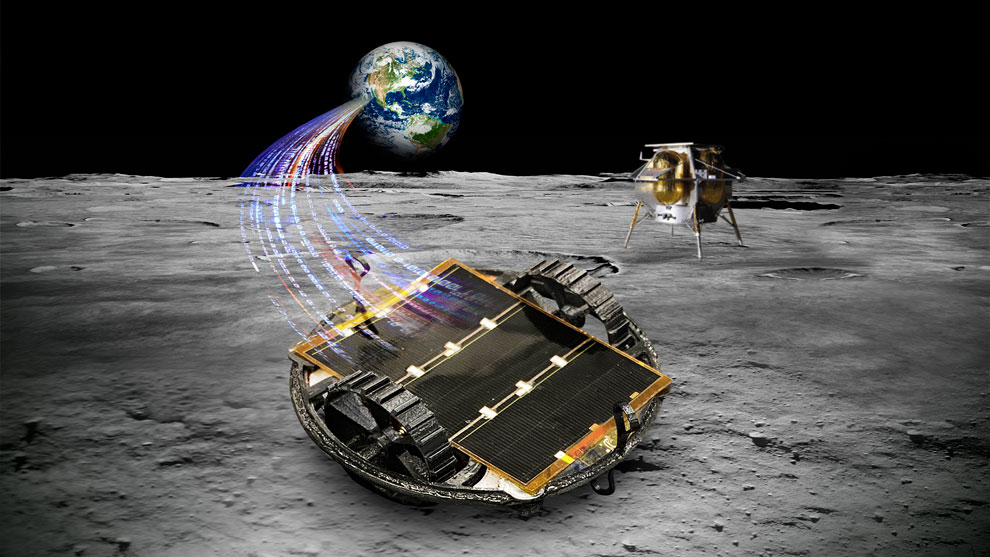Mexico joins the COLMENA mission with the U.S.

MEXICO - The United States, historically a leader in the space race to the moon, is now resuming exploration to this satellite of the earth after half a century.
On January 25, the Astrobotic company will lead the "Peregrine Mission One" (PM1), an unmanned mission that marks a paradigm shift in lunar exploration.
PM1 will carry 24 payloads for various exploration tasks. Powered by the compact Peregrine spacecraft, capable of carrying between 70 and 100 kilograms, it ushers in a new era in lunar research.
Astrobotic describes it as a "delivery vehicle for space," enabling governments, universities, non-profit organizations and individuals to acquire space aboard Peregrine to pursue lunar objectives.
United Launch Alliance's Vulcan Centaur rocket will carry PM1. Of the 24 payloads, 11 are from NASA, while the National Autonomous University of Mexico (UNAM) is contributing a unique payload. The Mexican mission, called COLMENA, features micro-robots 10 centimeters in diameter and weighing less than 60 grams.
COLMENA aims to demonstrate the use of autonomous micro-robots to explore and exploit lunar surfaces rich in regolith and exposed to the interplanetary medium. These small, autonomous robots will group together and could be connected to form solar arrays and measure parameters of the dusty plasma on the lunar surface.
Not all PM1 uploads have a scientific purpose; the Arch Foundation will launch a time capsule, while BitMEX will mint a coin with the unique key of a Bitcoin. Also, BTC INC. will send a copy of the "Genesis Block", which contains the first mined bitcoin block.
Since the launch of Apollo 17, robots have been central to lunar exploration. Japan and China are also moving forward in this fascinating venture, with Japan anticipating having its first astronaut on the Moon.
America's return to the Moon represents an exciting chapter in space exploration, with PM1 leading the charge of scientific and technological innovation toward our natural satellite.




